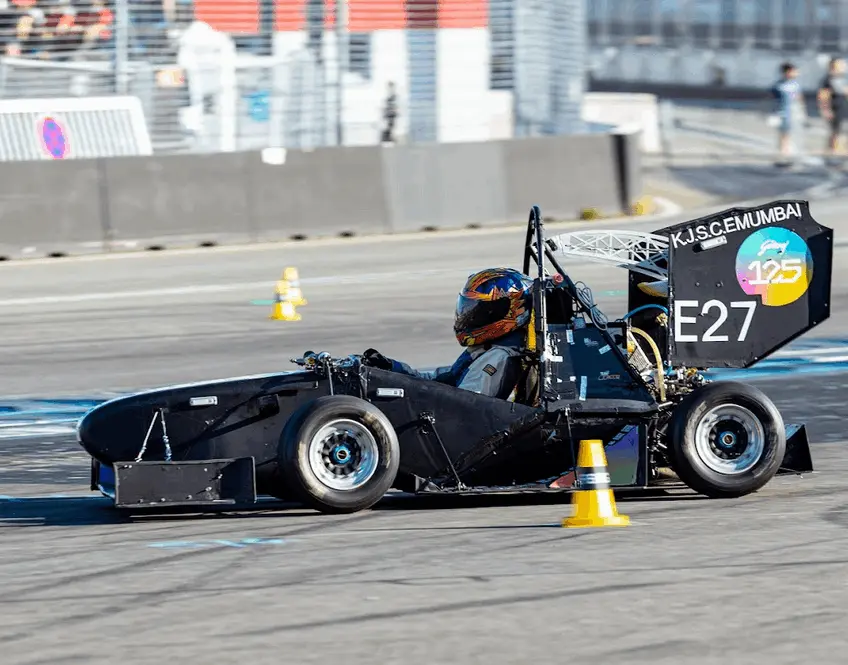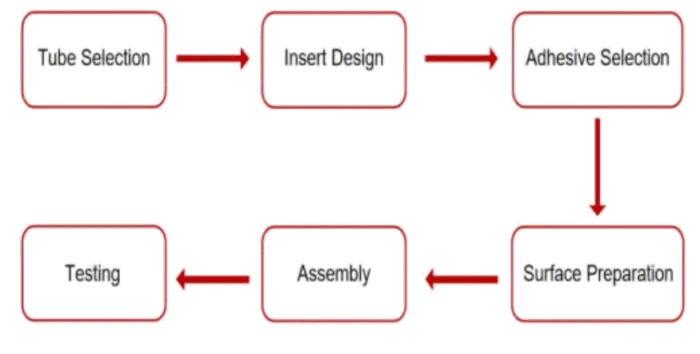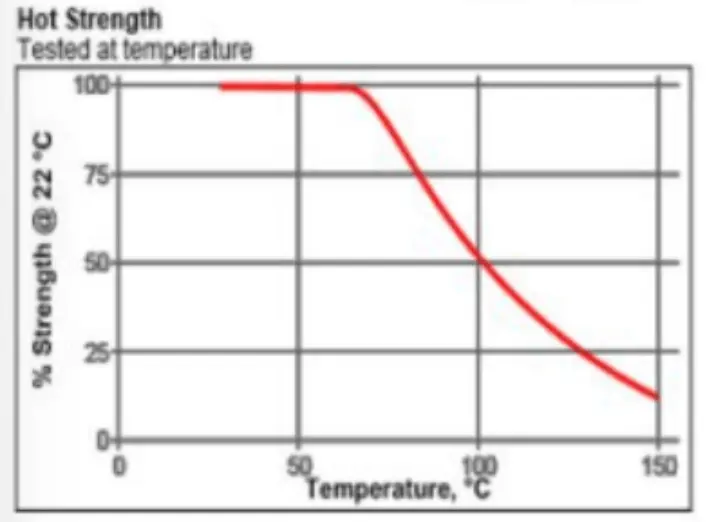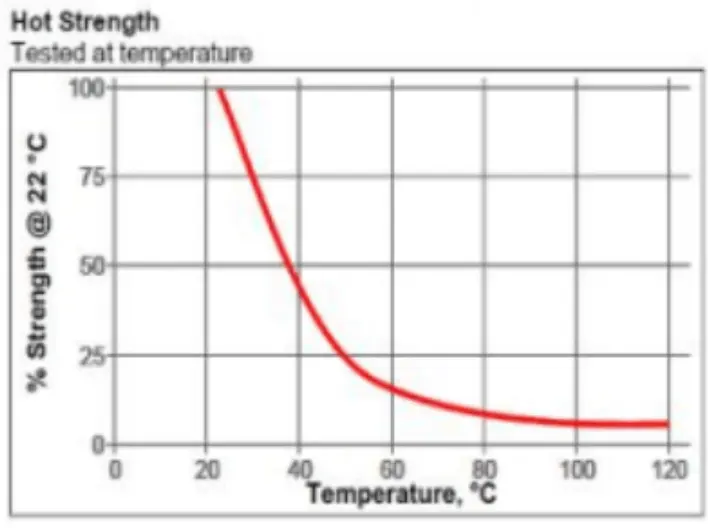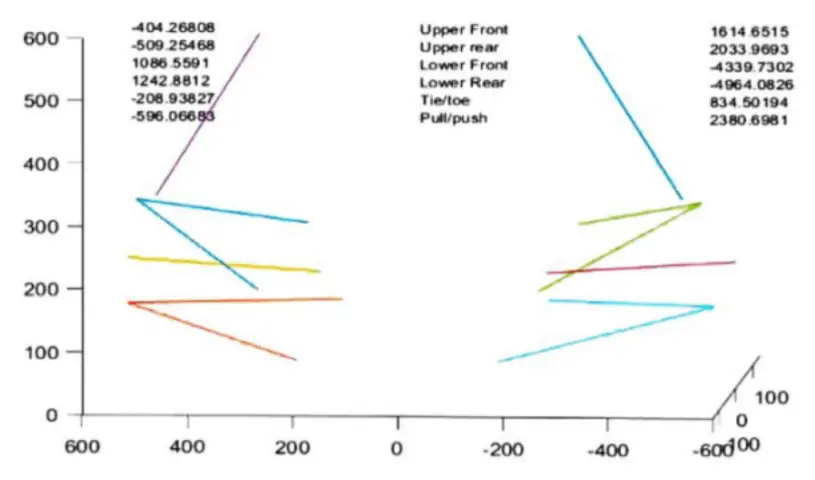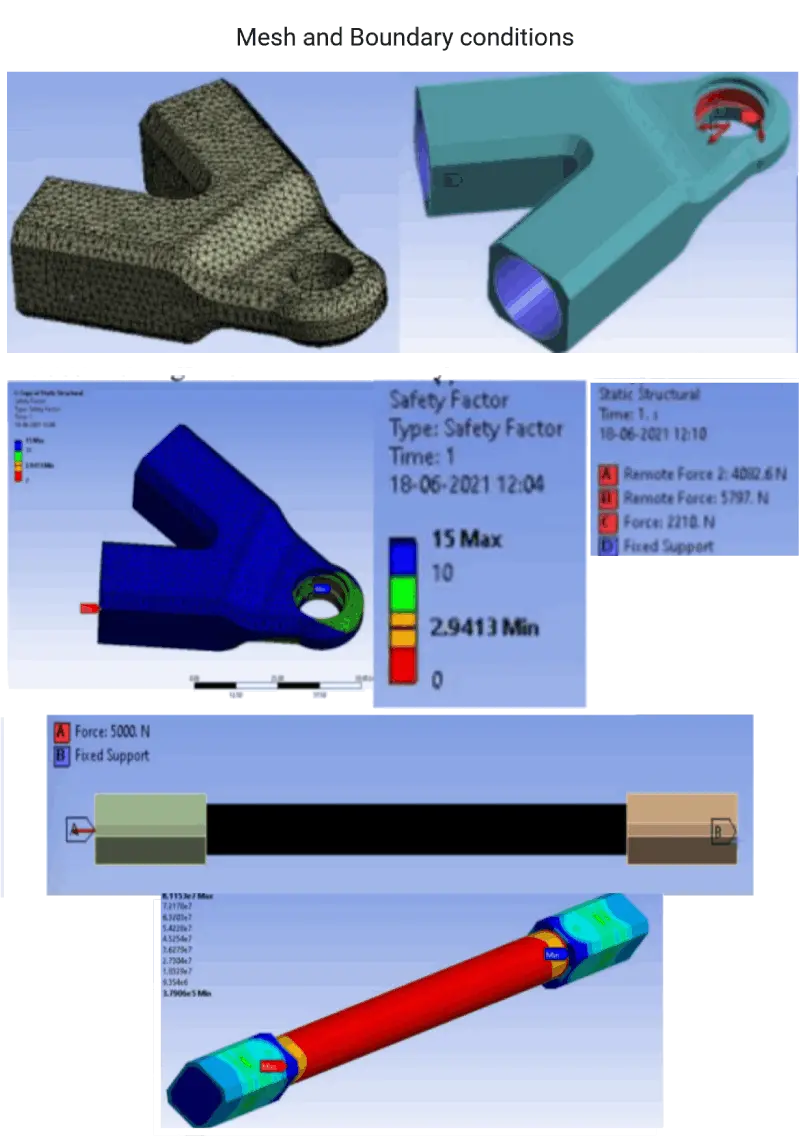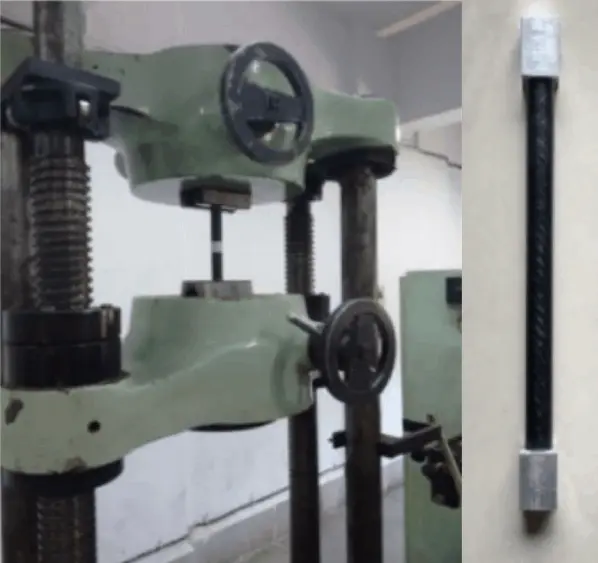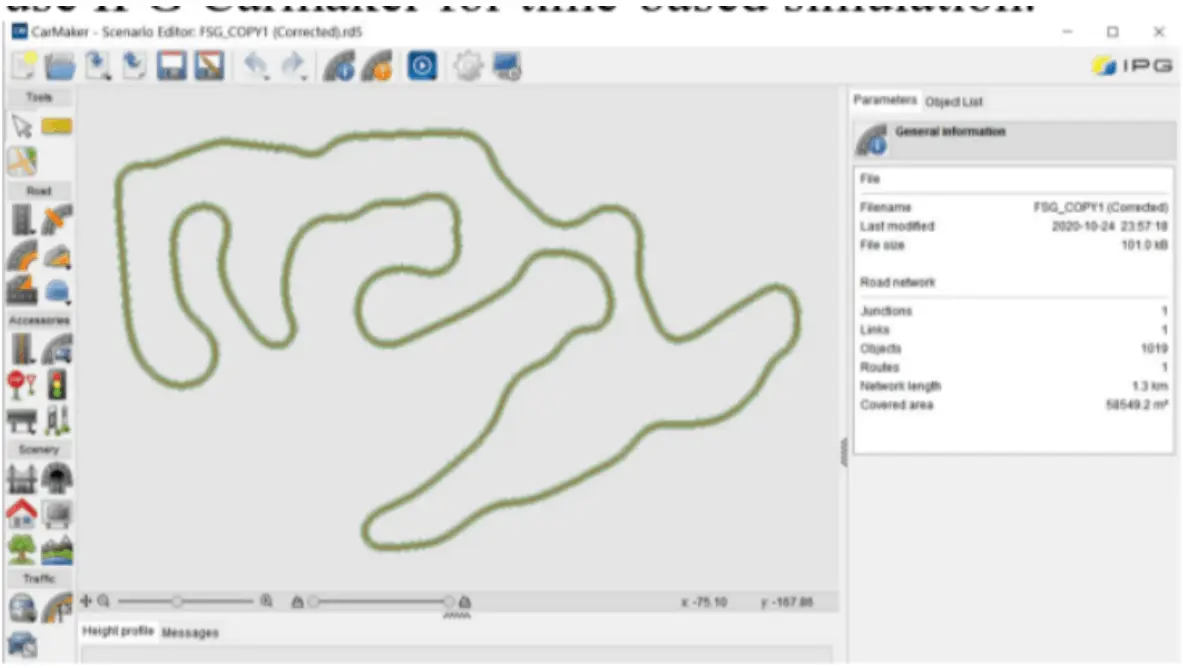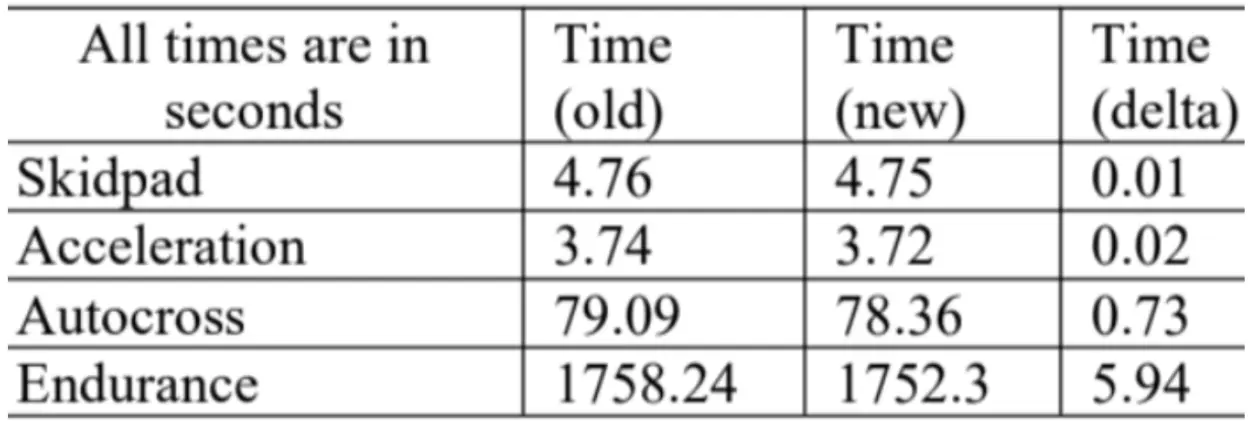Results
For the analysis of the A-arm housing, Ansys software was utilized. Aluminum 7065-T6, known for its superior strength compared to pure aluminum, was selected as the material. The first step in the analysis process involved meshing, where different edge lengths (0.21, 0.18, and 0.15 mm) were simulated. After considering computational efficiency and obtaining acceptable results, an edge length of 0.18 mm was finalized.
Additionally, a simulation model of the assembly was created to analyze the load distribution on the A-arms. In order to validate the results obtained from the model, a simplified model based on Universal Testing Machine (UTM) testing was developed. These results were cross-checked through hand calculations to ensure they fell within an acceptable margin of error. Furthermore, UTM testing can be conducted to validate the accuracy and reliability of the simulation model.
The main part to be analyzed is the glue layer which has about 25 MPa of stresses developed in it. However, maximum shear stresses reached are about 15 MPa. Since all properties can’t be exactly predicted with simulations, the model was verified with actual testing. For this a different UTM housing insert was made with similar parameters. This model also helped test for surface preparation.
The results were obtained for varying bond gap after testing on a standard UTM. Surface preparation methods like sandblasted as well as roughened inserts for various bond gaps were tested. The results obtained were as shown in the figure below.
